Omamori are small, decorative charms often purchased at Japanese shrines or temples. They serve as talismans to bring good luck, protect against misfortune, or help achieve personal goals. Whether you’re looking to ace an exam, stay healthy, or ensure safe travels, there’s likely an omamori designed just for you.
But what’s the story behind these charms? How did they originate, and what should you do with them after they’ve served their purpose? In this article, we’ll delve into the fascinating history, types, and proper handling of omamori.
The History of Omamori – From Magatama to Omamori
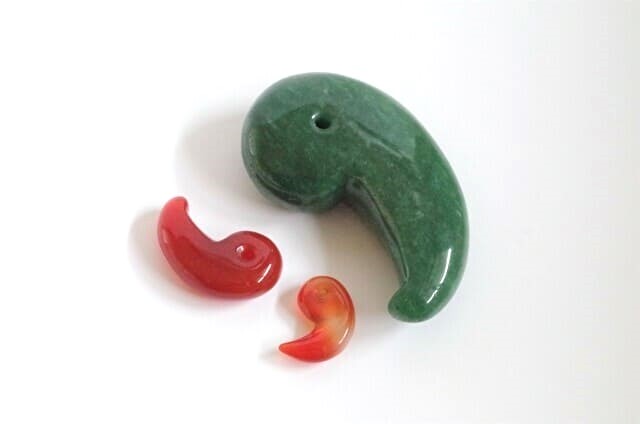
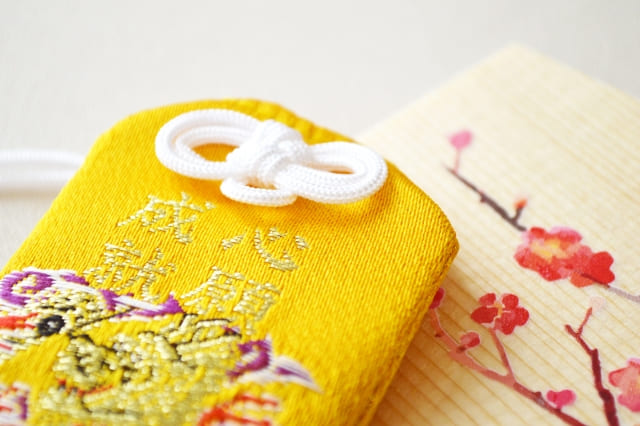
The origins of omamori can be traced back to Japan’s Jomon period (approximately 14,000–300 BCE). During this time, people wore magatama, comma-shaped beads, as protective charms to ward off evil spirits.
When Buddhism arrived in Japan around 538 CE, these charms evolved into o-fuda, protective talismans inscribed with sacred texts. This transition became more prominent during the Heian period (794–1185), when onmyoji (court diviners) played a significant role in spreading their use.
If you are interested in Magatama, please read the article below.
Types of Omamori
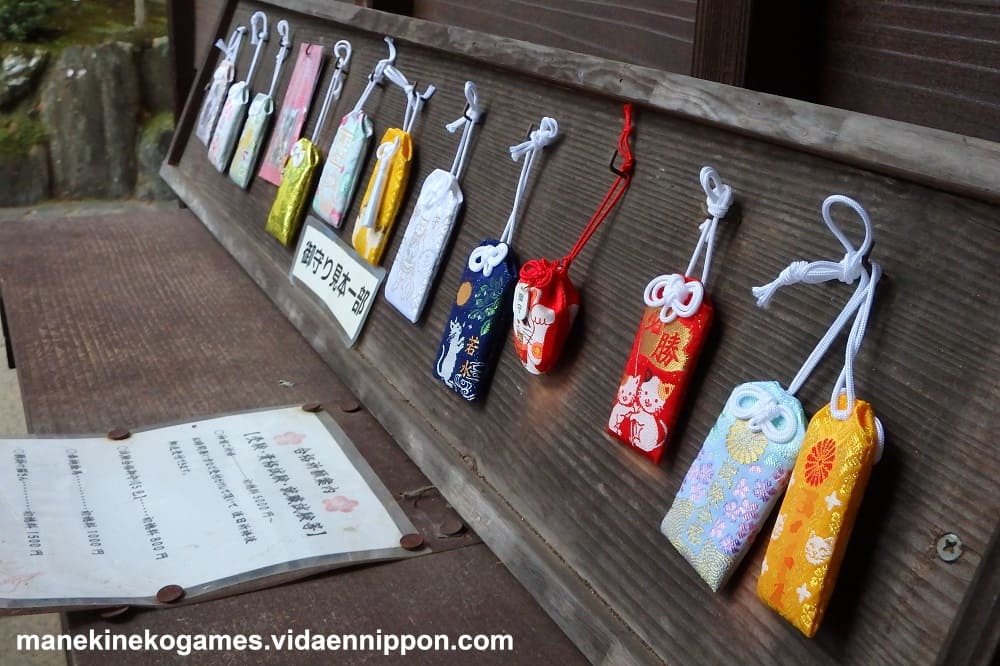
Omamori come in many forms, each tailored to a specific purpose. Here are a few common types:
| Good Luck (開運) | Designed to bring overall fortune and happiness. |
| Health (健康) | Aimed at promoting physical well-being or aiding recovery. |
| Academic Success (学業成就) | Popular among students preparing for exams. |
| Safe Travels (交通安全) | Ensures safety during journeys, often attached to vehicles. |
| Love and Marriage (縁結び) | Helps foster relationships or marital harmony. |

If you are collecting Omamori,
I recommend “Kotozaki Hachimangu” in Yamaguchi prefecture.
They have more than 900 types of Omamori.
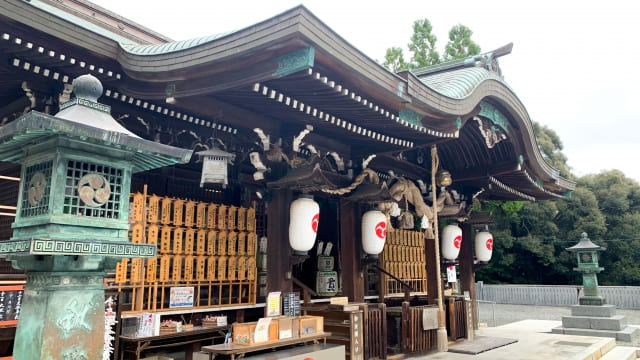

I know this shrine!
This shrine is famous for “Fuurin festival”, too!
Can You Open an Omamori?

Each omamori is beautifully crafted, often featuring vibrant embroidery or symbols representing its purpose.
It is generally advised not to open an omamori. Inside, you’ll typically find a piece of paper, wood, or metal inscribed with a sacred message or the name of the deity it represents. This is called goshin-ji (御神璽), and it is believed that opening the omamori diminishes its power.
Think of the omamori as a sealed vessel of divine protection—one that works best when left intact.
What to Do When Your Omamori Expires
Omamori are often said to be effective for about a year. Here’s how to handle them after that time:
Returning to the Original Shrine or Temple
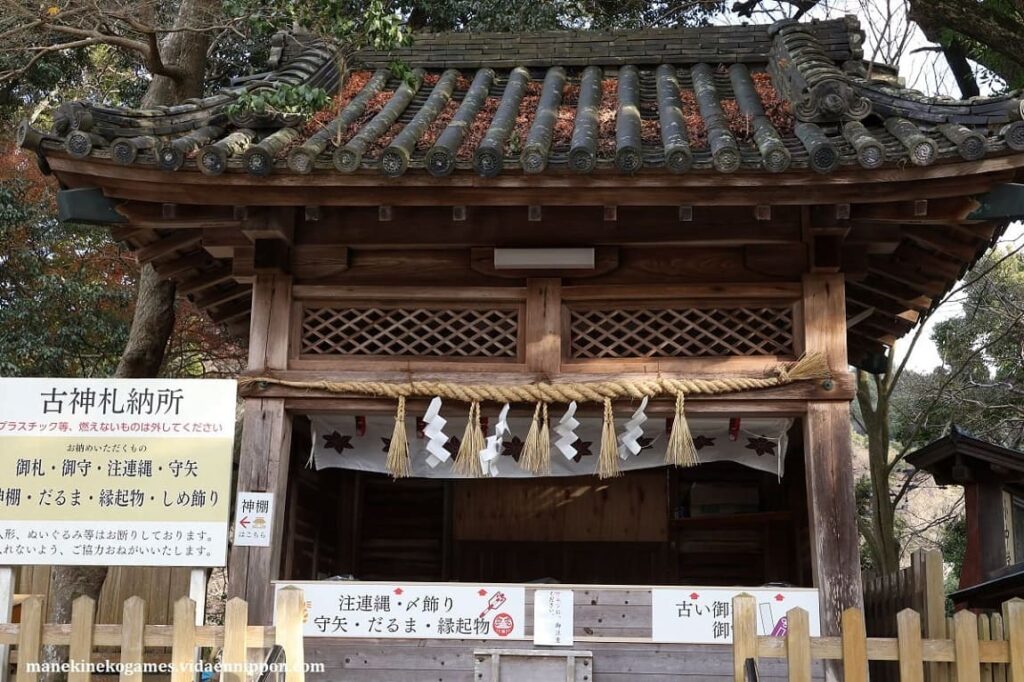
The ideal way to dispose of an omamori is to return it to the shrine or temple where it was purchased. These locations often hold purification ceremonies to properly retire old charms.
If you are interested in “Dondo yaki”, please check the article below.
When Returning Isn’t Possible
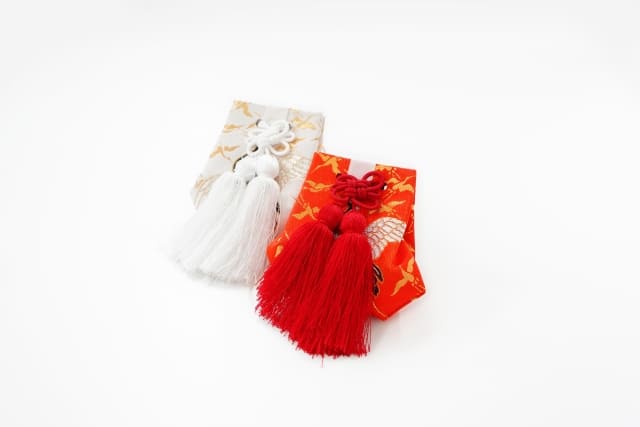
If you can’t return to the original shrine, there are alternatives. Some shrines or temples accept omamori from other locations. Be sure to inquire beforehand. Another option is to mail the omamori back to its origin—a service that many shrines now offer.
When no other options are available, you can respectfully dispose of the omamori by wrapping it in paper and burning it. However, it’s important to do this while expressing gratitude for the protection it provided.
Omamori in the Game Nioh 2
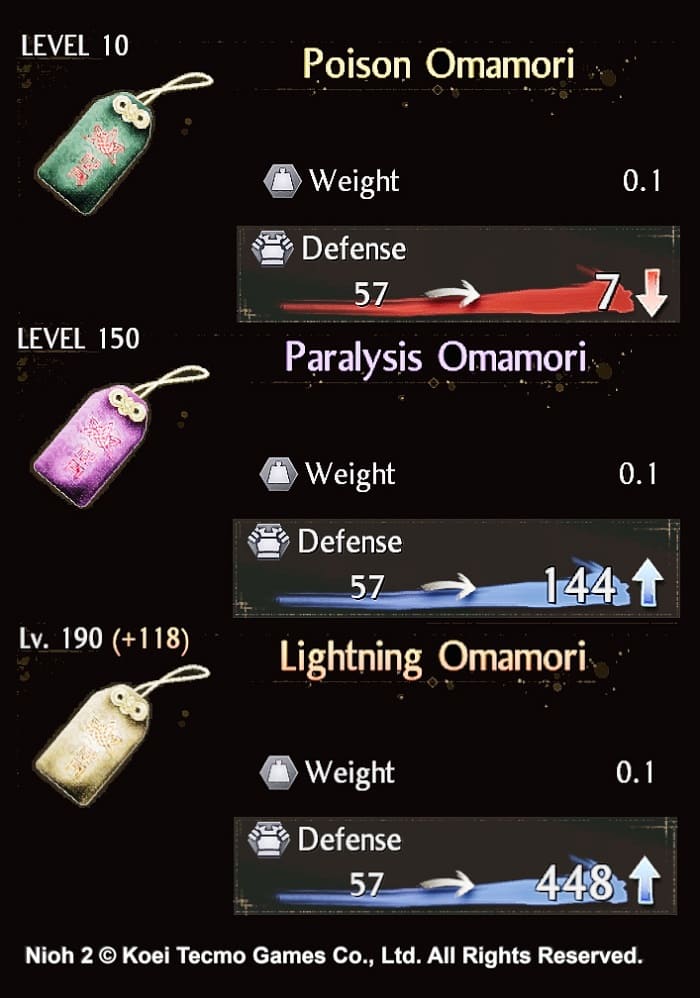
For fans of Japanese culture and gaming, omamori also make an appearance in Nioh 2, a popular action RPG set in a fantastical version of Japan’s Sengoku period.
In the game, omamori serve as collectible items that enhance your character’s abilities, such as increasing resistance to elemental damage or boosting health. This reflects the real-world idea of omamori providing protection and support. The inclusion of omamori in Nioh 2 is a subtle yet impactful nod to Japan’s cultural heritage, allowing players to engage with traditional beliefs in a modern context.
Some Omamori listed below.
Each one gives the player resistance against the specified element or affliction.
| Lightning Omamori |
| Fire Omamori |
| Water Omamori |
| Wind Omamori |
| Earth Omamori |
| Poison Omamori |
| Paralysis Omamori |
Conclusion: Why Omamori are important
Omamori are more than just souvenirs—they are a connection to Japan’s rich spiritual and cultural history. Whether you keep one for protection, good fortune, or as a unique keepsake, an omamori is a tangible reminder of the values and beliefs that continue to shape Japanese society.
So, the next time you visit Japan, be sure to pick up an omamori—it might just bring you the luck you need!

If you are interested in Japanese culture, you may love these games!
Let’s play!

Yes! Let’s play!

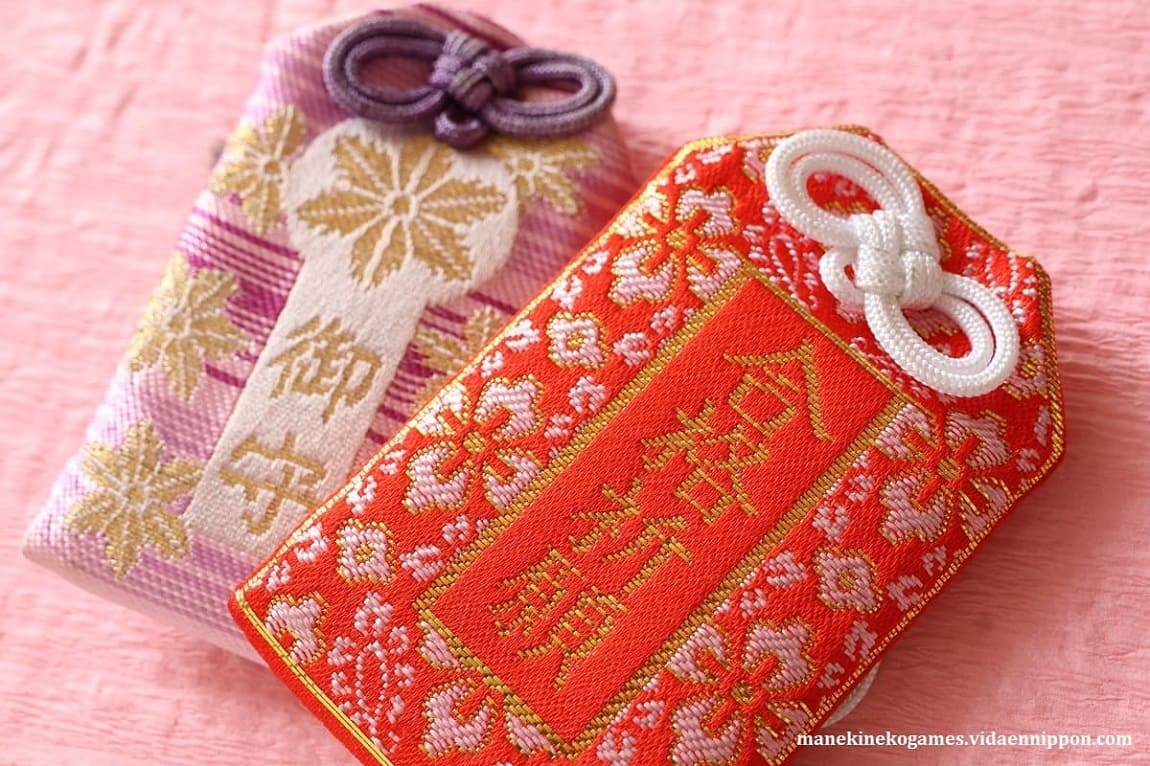


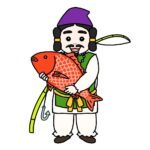

Comments